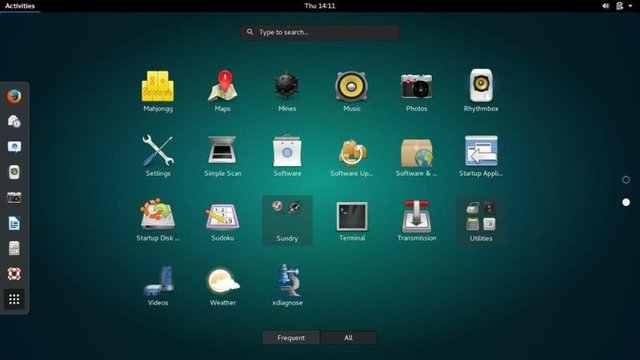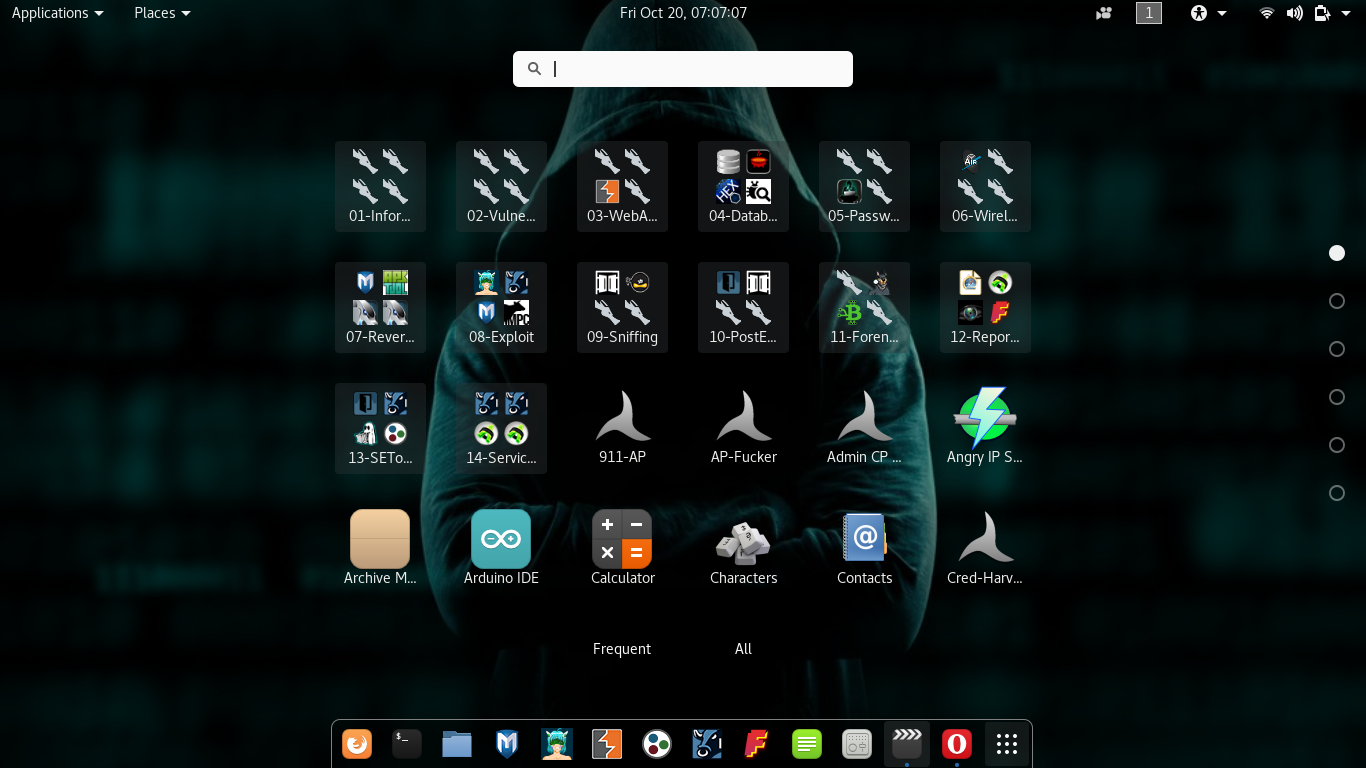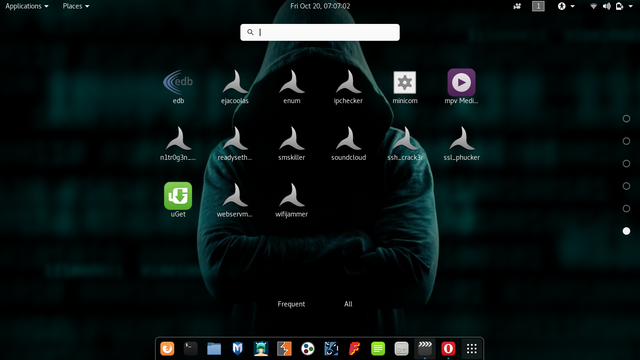How to Get Started with the Linux Operating System
What operating system do you use? For some, that question may as well be posed in Latin or Sanskrit. For others, it’s an invitation to have a heated debate about the benefits of GUI vs. command line, modern day UI vs. old school metaphor, the pros/cons of Windows 10, LAMP vs. IIS … the list goes on and on. For most, however, the answer will be a variation on Windows or Mac.

Flash plugin failed to load
But anyone that has used Windows (in any of its incarnations) long enough knows, at some point, frustration will rule the day, and you’ll be working along and, seemingly out of nowhere, Windows will decide to apply updates and restart, putting your work at risk while you go through the lengthy process of applying updates and rebooting. Or what about the inevitable virus or malware? You spend precious dollars on antivirus software or, worst case scenario, you have to send the machine to your local PC repair to get the virus removed. All the while, work is not being done. While Apple’s macOS products suffer less from the vulnerabilities found in the Windows platform, they also come with a fairly hefty price tag.
There is, however, another alternative to both that doesn’t cost any money to download and install, and is far more immune to viruses and malware. That operating system is Linux. What is Linux? Let’s take a look.
So what exactly is it?
Linux came about in the mid-1990s, when then-student Linus Torvalds was tasked with creating a disk driver so he could read the Minix file system. (Minix is a POSIX-compliant, UNIX-like operating system that saw its first release in 1987.) That project eventually gave birth to what would come to be known as the Linux kernel. The kernel of an operating system is an essential core that provides basic services for all aspects of the operating system. In the case of Linux, the kernel is a monolithic, UNIX-like system which also happens to be the largest open source project in the world. In the most basic terms one could say, “Linux is a free alternative to Microsoft Windows and macOS.”
Linux is a ‘can do’ platform
For those that are concerned about getting their work done with Linux, let’s take into consideration how the average user works with a computer and how Linux can meet those needs. For the average user, a computer is a means to:
Interact on social media
Read email
Listen to music
Watch Youtube or Netflix
Occasionally write something
Five years ago, each of those tasks would have been handled via a different application. Now, not so much. Modern computing tasks are most often relegated to a browser. Facebook, Google Docs, Netflix, Outlook 365… they’re all used within the likes of Chrome, Firefox, Safari, or Internet Explorer. Each one of those browsers does a good job of enabling the user to do their thing. It’s only on very rare occasions that a user will land on a site that will only work with one of the above browsers.
And as for that distribution, this is very often a point of confusion with new users. As mentioned above, Linux is really just the kernel of the operating system. In order to actually use it, there are layers that must be added to make it functional. The layers include things like:
Device drivers
Shell
Compiler
Applications
Commands
Utilities
Daemons
Developers will sometimes adapt those layers, to achieve a different functionality, or swap out one system for another. In the end, the developers create a unique version of Linux, called a distribution. Popular Linux distributions include:
Ubuntu Linux
Linux Mint
Elementary OS
openSUSE
Fedora Linux
Arch Linux
Debian
Manjaro
CentOS
Is Linux for me, and how do I start?
Linux is ready to open up a world of free (and open) software that is reliable, secure, and easy to use. Is it perfect? No. If you happen to depend upon a proprietary piece of software, you might find that Linux (even with the help of Wine) cannot install that application you need. The big question on your mind might be, “How do I find out if Linux will work for me?” Believe it or not, Linux has that covered as well. Most flavors of Linux are distributed as “Live Distributions.”
What that means is you can download the distribution ISO image, burn that image onto either a CD/DVD or USB flash drive, insert the media into your computer (either in the CD/DVD drive or USB port) and boot from that media. Instead of installing the operating system, the Live Distributions run directly from RAM, so they don’t make any changes to your hard drive. Use Linux in that way and you’ll know, pretty quickly, if it’s an operating system that can fulfill your needs. Unlike the early years, you don’t have to be a computer geek to get up to speed on most of the readily available Linux distributions. To find out more about Linux distributions, head over to Distrowatch, where you can download and read about nearly every available Linux distribution on the planet.
Nice input about OS.
I haven't tried any flavor of LINUX yet.
Got to take a leap of faith and give it a try.
Goood info bro. Nicely done. Upvoted
@cmtzco has voted on behalf of @minnowpond. If you would like to recieve upvotes from minnowponds team on all your posts, simply FOLLOW @minnowpond.
To receive an upvote send 0.25 SBD to @minnowpond with your posts url as the memo
To receive an reSteem send 0.75 SBD to @minnowpond with your posts url as the memo
To receive an upvote and a reSteem send 1.00SBD to @minnowpond with your posts url as the memo
As a follower of @followforupvotes this post has been randomly selected and upvoted! Enjoy your upvote and have a great day!
bhai kam se kam mere 5 post par karna
Good post
Useful post he yar
@zahidsun bro Use upvote bots your post earning will be boom. Use these 3 bots @drotto and @upgoater and @minnowbooster
good
good